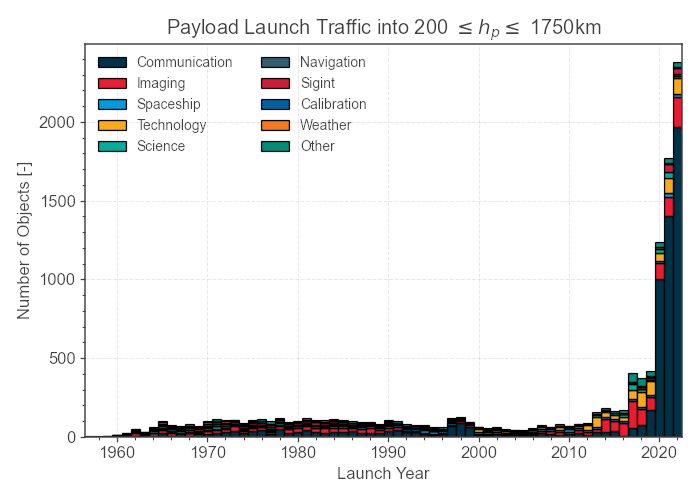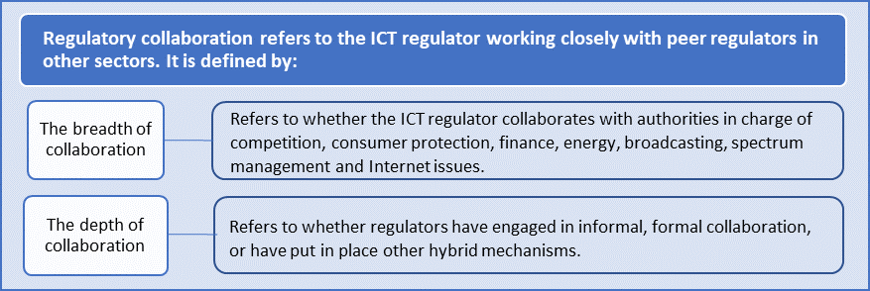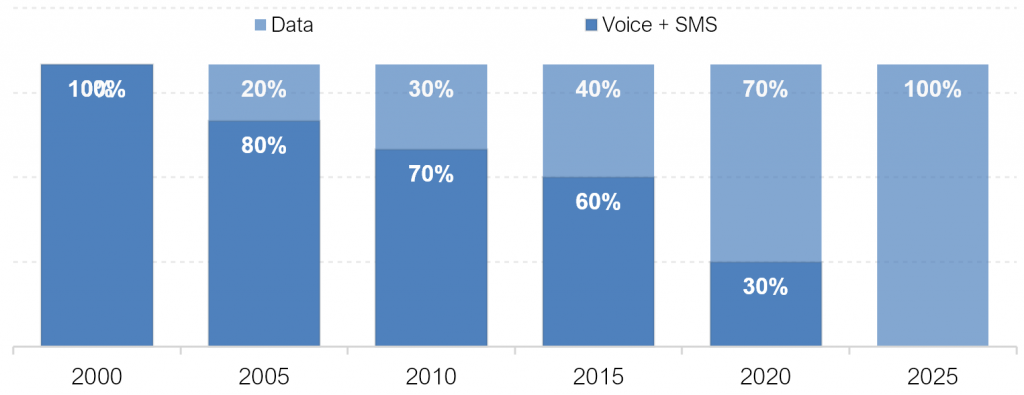
Regulation of NGSO Satellite Constellations
28.03.20241. Introduction Satellites have played a pivotal role in the connectivity ecosystem since decades. While terrestrial networks address mostly dense urban areas, satellites enable seamless communication across remote and underserved regions. Their ability to provide ubiquitous coverage ensures that even the most isolated areas remain connected, helping to bridge the digital divide. Today, Non-Geostationary Orbit (NGSO) constellations are reshaping the landscape of satellite communications and have become increasingly important for several reasons. First, they offer low-latency, high-speed internet connectivity, particularly critical for real-time applications like emergency alerts and autonomous vehicles. Second, NGSOs are democratizing access to broadband, reaching remote or…
Read »


